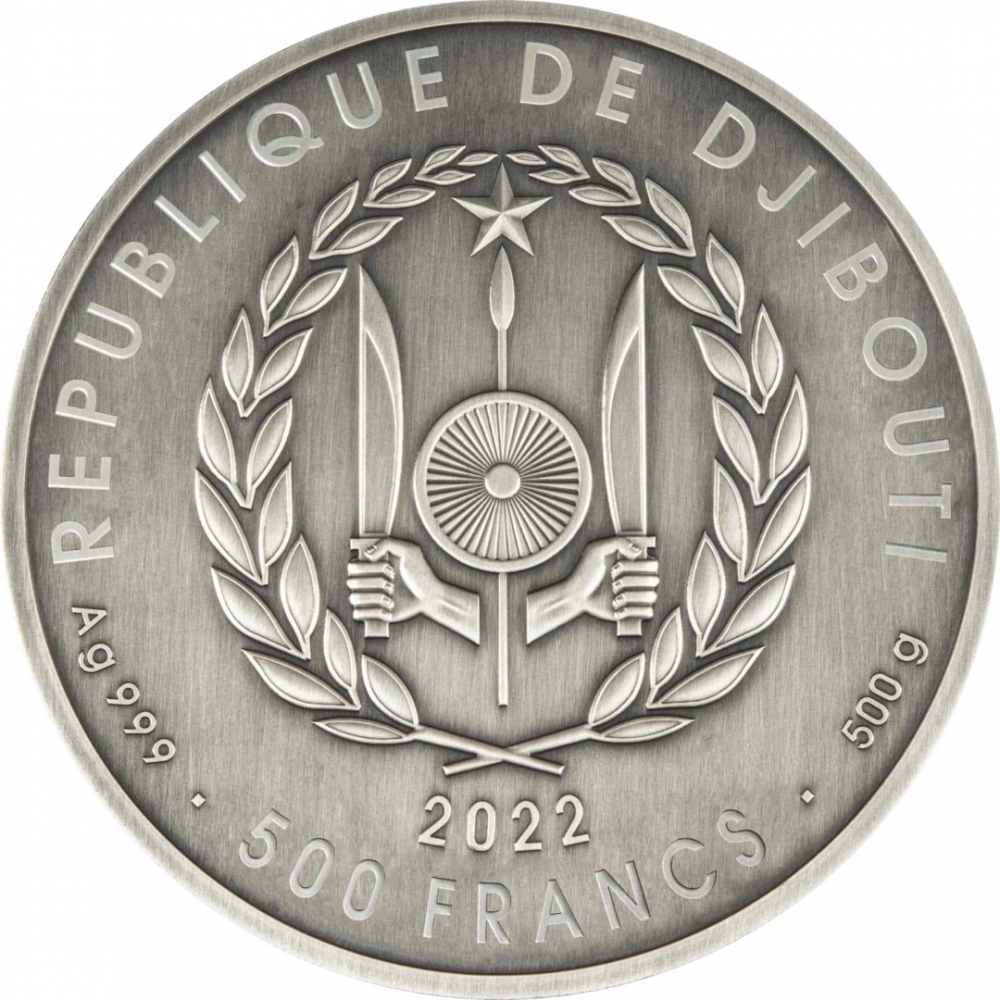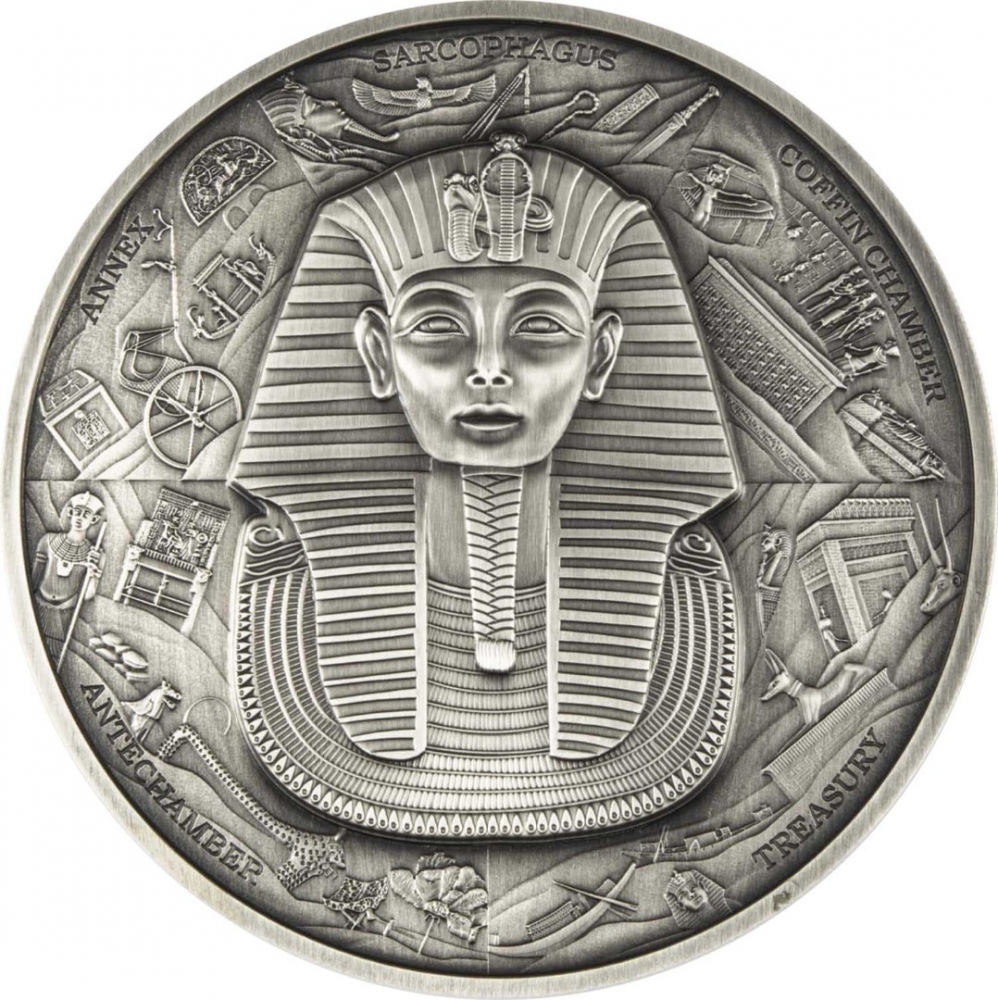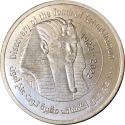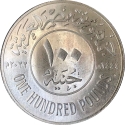You are about to finish your registration. Please check your mailbox (including spam folder). There should be a letter with a confirmation link. Check setting to make sure that your e-mail address is correct.
Send letter againDescription
The tomb of Tutankhamun was discovered in the Valley of the Kings in 1922 by excavators led by the Egyptologist Howard Carter. Whereas the tombs of most pharaohs were plundered in ancient times, Tutankhamun's tomb was hidden by debris for most of its existence and therefore not extensively robbed. It thus became the first known largely intact royal burial from ancient Egypt.
The tomb was uncovered beginning on 4 November 1922 during an excavation by Carter and his patron, George Herbert, 5th Earl of Carnarvon. The unexpectedly rich burial consisted of more than 5,000 objects, many of which were in a highly fragile state.
Tutankhamun, Egyptological pronunciation Tutankhamen (c. 1342 – c. 1325 BC), commonly referred to as King Tut, was an ancient Egyptian pharaoh who was the last of his royal family to rule during the end of the 18th Dynasty (ruled c. 1334 – 1325 BC in the conventional chronology) during the New Kingdom of Egyptian history.
Tutankhamun took the throne at eight or nine years of age under the unprecedented viziership of his eventual successor, Ay, to whom he may have been related. He married his half-sister Ankhesenamun. Tutankhamun restored the Ancient Egyptian religion after its dissolution by his father, enriched and endowed the priestly orders of two important cults and began restoring old monuments damaged during the previous Amarna period. He moved his father's remains to the Valley of the Kings as well as moving the capital from Akhetaten to Thebes. Tutankhamun was physically disabled with a deformity of his left foot along with bone necrosis that required the use of a cane, several of which were found in his tomb. He had other health issues including scoliosis and had contracted several strains of malaria.
Obverse

|
Depicts the national coat of arms encased by a wreath, the French country name positioned above, the denomination between metal, purity and weight. REPUBLIQUE DE DJIBOUTI |
|---|---|
Reverse

|
Depicts the death mask of Tutankhamun (1332–1323 BC, now in the Egyptian Museum in Cairo). Surrounding this central image are five removable puzzle pieces, each gilded with gold, showcasing his name above and Holographic. Beneath the puzzle pieces, illustrations of some treasures found in the antechamber (golden throne, bed, golden musk, golden coffin, Anubis statue, chariot, Iron Dagger, a Dazzling Resting Place for the King's Organs, boats), inscription in French above and English below. TUTANKHAMUN |
| Edge |
Related coins
100th Anniversary of the Discovery of Tutankhamun's Tomb
100th Anniversary of the Discovery of Tutankhamun's Tomb











